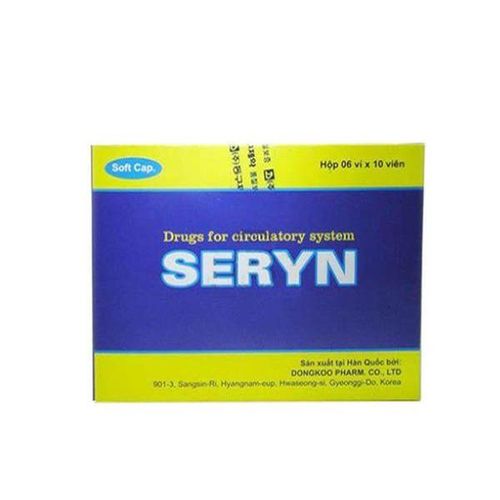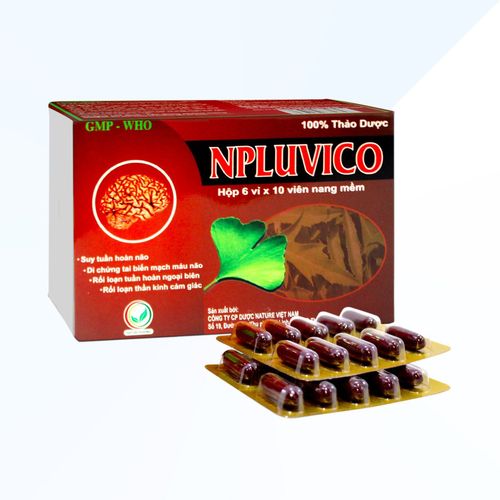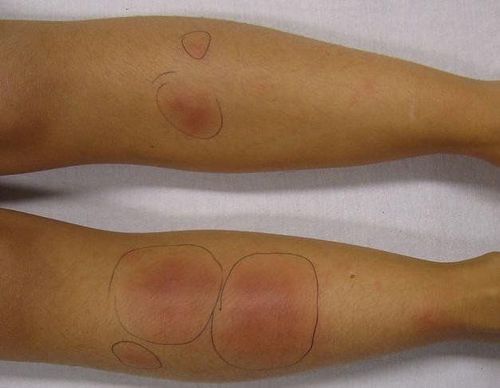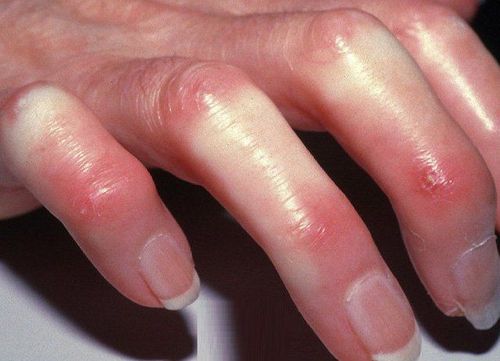This is an automatically translated article.
Scleroderma is an autoimmune disease of unknown cause. Signs of scleroderma are localized skin lesions from the fingertips, toes to the wrists and knees, sometimes scleroderma occurs in the area below the collarbone.1. Causes of scleroderma
Although the exact cause of scleroderma (XCB) has not yet been determined, it can be confirmed that it is an autoimmune disease, not an infectious or genetic disease. Scientists have hypothesized that the cause of scleroderma may be due to a combination of many factors:Abnormalities in the immune system: In patients with XCB, the immune system stimulates activity. of fibroblasts overproducing colloid. These substances are the cause of deposition around cells, blood vessels, internal organs, leading to damage and fibrosis at the place of deposition; Abnormal gene structure: Some genes cause the development and progression of XCB; Environmental stimuli: Prolonged exposure to certain agents in the external environment such as viruses, chemicals and some organic solvents can cause scleroderma ; Hormonal factors: Scleroderma usually occurs in women in the age group of 30 - 55 with the rate 7 - 12 times higher than in men. Therefore, it is hypothesized that female sex hormones, especially estrogen, are also factors leading to the development of scleroderma.
2. Classification of scleroderma
2.1. Localized scleroderma Localized scleroderma is also known as Morphea disease. The types of focal XCB include:XCB in the form of plaques, dropsy, diffuse, in the form of keloid scars or subcutaneous tissue; XCB in streaks, in strips; XCB presents with knife slash, with or without hemifacial atrophy.
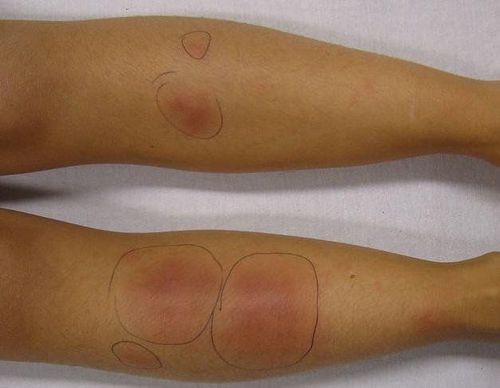
Xơ cứng bì khu trú còn gọi bệnh Morphea
Diffuse and progressive systemic scleroderma: Only about 10% of systemic scleroderma cases have symptoms of scleroderma. symmetrical on both sides of the face, neck, chest and extremities. Patients will most likely develop early organ damage, which is life-threatening later in life; Limited systemic scleroderma: Also known as CREST syndrome, which accounts for about 60-90% of systemic scleroderma cases, is more benign than diffuse systemic sclerosis. The patient had skin calcifications, esophageal disorders, Raynaud's phenomenon, finger stiffness, and dilated capillaries. Skin lesions are mainly limited to the fingers and face, visceral disease often presents late. There is also a type of overlapping scleroderma: XCB associated with polymyositis or other connective tissue disease.
2.3. Chemical pseudoscleroderma This is a condition that closely resembles scleroderma and is caused by chemicals, such as vinyl chloride, oil poisoning syndrome, pentazocin scleroderma, bleomycin.
3. Common signs of scleroderma

Bệnh nhân thường cảm thấy mệt mỏi, chán ăn, sốt nhẹ, sút cân, tím tái đầu chi và đau mỏi cơ khớp
Skin hardening, thickening, making the skin surface lose wrinkles, face expressionless, difficult to open mouth, limited mobility, dry skin, or itching, may be accompanied by disorders pigment in the skin. In addition, many patients also have symptoms of dry eyes, dry mouth, swelling and pain in the joints. The phenomenon of extremity vasospasm (Raynaud's phenomenon) with blue-purple, pale skin, and numbness of the extremities is also a very common sign of scleroderma. For this case, if not treated in time, the extremities will be necrotic.
Symptoms due to organ damage are often quite diverse and severe, including fibrosis of the gastrointestinal tract, causing choking, abdominal distention, food absorption disorders, lung damage, causing coughing, chest pain, shortness of breath, damage to the heart leading to arrhythmia, chest tightness, heart failure, damage to the kidneys causing edema, glomerulonephritis, kidney failure, high blood pressure. The signs of scleroderma usually get worse within the first 3 to 5 years. The disease will enter a stable phase for many years after that.
There is currently no specific treatment for scleroderma, but patients can manage their symptoms with medication. In addition, the doctor will prescribe some special supportive methods to minimize symptoms, including laser therapy, light therapy, physical therapy and organ transplantation if organs are destroyed. serious.
Please dial HOTLINE for more information or register for an appointment HERE. Download MyVinmec app to make appointments faster and to manage your bookings easily.





